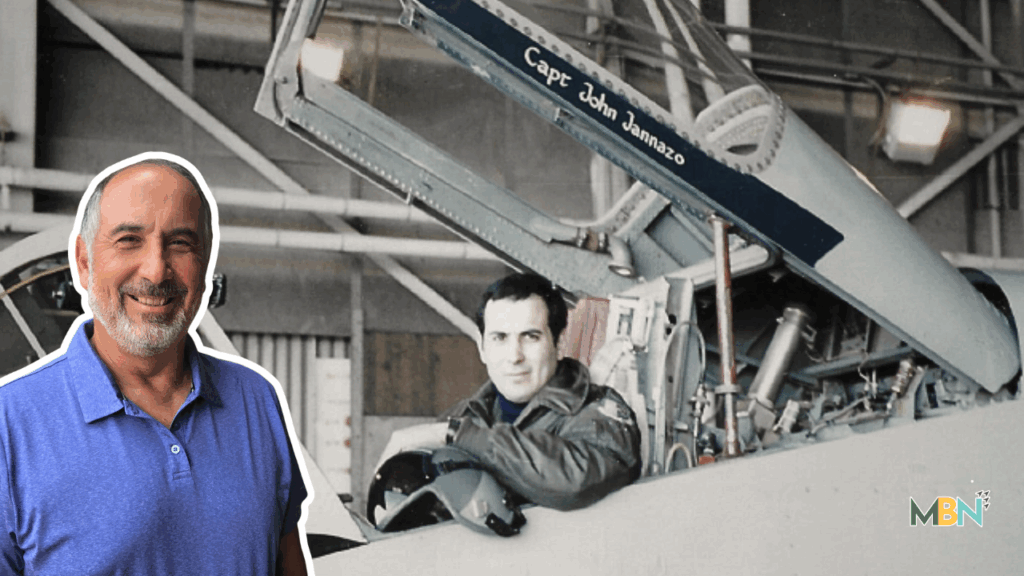
49 FIS, Griffiss Air Force Base, New York 1985-1987
Speed is life.
A well-accepted truism in the fighter world means when you were flying FAST, you were, by definition, living life to its fullest!
Now, as the venerable Paul Harvey used to say, here is the “rest of the story“.
In the winter of 1986-87, the 49th Fighter Interceptor Squadron was slated to shut its doors on 30 June 1987. It had been a wild up-and-down ride on the decision to convert from our beloved F-106 Delta Darts to the even more spectacular F-15 Eagle (we even had a patch made)— or close the squadron. The Cold War was winding down, the Soviet Union was under hospice care, and the call was made to retire both the 49th FIS colors and its jets.
Once the decision was made to close the 49th, something happened that made the all-too-frequent “what if” scenarios of last year worthwhile. We became a squadron where all the annual check-rides were completed and up-to-date, every pilot was at a minimum a 4 Ship flight lead, there were no new/green wingmen, and there were no more inspections of ANY kind scheduled for the boys at Griffiss!
Our glory days of Outstanding ratings on Higher Headquarters inspections and Stan Eval visits were done forever-and no one was happier than the 49th rank and file.
But we still had our jets, we still had plenty of gas money, and we still had our long-standing Air Defense mission. It was just about fighter pilot heaven…all we needed to make it perfect would have been free beer and a craps table in the O Club where the house always lost…
The commander, Lt. Col. Steve “Peck” Rogers, after a Friday tactics talk, realized that many of the younger pilots who came to the F-106 as the Dart was nearing the end of its active duty life had never really gotten the jet anywhere near the top-end Mach 2 limit. So he declared anyone who had NOT gone Mach 2 in the Six could get a special briefing from the Chief of Functional Check Flights, Major Buck Lowery, on how to get the Six up to Mach 2.
Peck Rogers then authorized one jet to fly in the slick wing, no external tank configuration for as long as needed until every pilot who wanted got to reach Mach 2! It was one of the gutsiest peacetime moves I had ever seen a commander make.
So off we went. Buck Lowery told us what every old head Six driver knew about Mach 2…you could not get there unless you found minus 60 degrees outside air temp (OAT) somewhere between 35,000 and 45,000 feet. The Six had an analog OAT readout you could select on the flight instrumentation tapes, all you had to do was climb to 45,000′ and watch where the outside air temp hit the magic -60+ number.
You did a .5g push over to accelerate and the leveled off at the magic temperature altitude and the Six’s hard-lighting afterburner did the rest!
Now, being a fighter pilot, on my first run over Lake Ontario, I could only find minus 57 on my climb to altitude.
“No sweat,” says I, “what is a few degrees among friends? Just push over a bit more, dive down a bit further, and me and big gray ‘Six hit Mach 2 no sweat.” But try as I could, with combinations of climbs and dives and level accelerations, the best I could get that day was Mach 1.86. After that, the Indicated Air Speed went up, the Mach went down, and the outside skin temp (the ‘Six also had skin temp sensors) heated up…and it was time to RTB.
(The skin temp light was labeled “Max Maneuver Limit” and meant that your g-limits were reduced by a third. The skin was so hot, that if you pulled too hard, when the wings flexed, they might not flex back all the way. You’d see it on most high altitude mach runs and down at Tyndall on the over-water ranges chasing F-4s below 10K’.)
Next day, I found the magic number, that day it was -63 on the way up, pushed over and accelerated at 39,000′ and –63 OAT and the ‘Six just kept on going faster!. Redline that day based on the Delta Dart’s computer was somewhere around 2.08 (although the flight manual listed an arbitrary 2.0 as the upper limit.)
So….I hit Mach 2 and a bit more that day (that is my story and I am sticking with it!) and to this day, I still chuckle when I recall asking Boston Center for a ground speed check…and the way the radio lit up with comments from the airliners on what type of aircraft was making 1300+ knots.
I keyed the mike and replied, “Just a run-of-the-mill Delta Dart–still the world’s fastest single-engine fighter!”
Register or login with Mid Bay News and never get another pop up on our site!